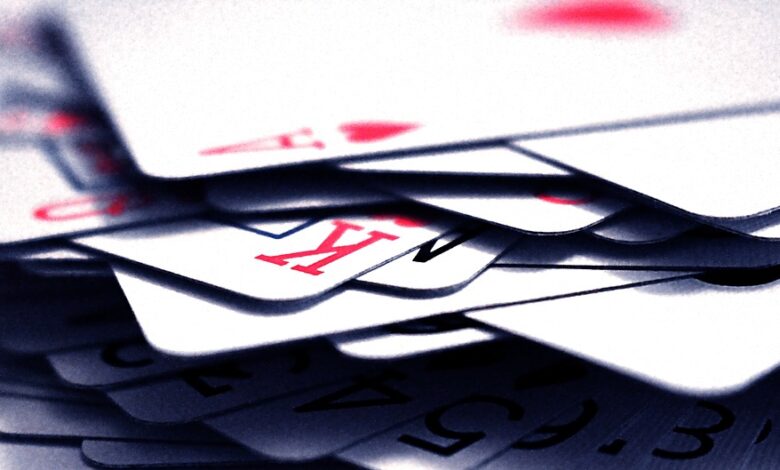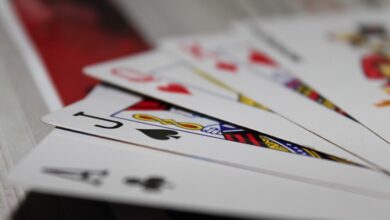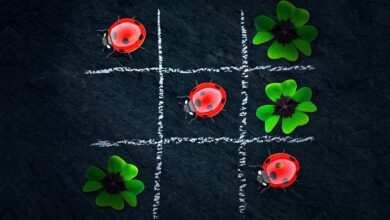How to Master the Art of Bluffing in Poker

Understand the Game
Before you begin to bluff, you need to have a solid understanding of the game of poker. You need to know the rules, the different hands, and the betting structure. You should also be well versed in the different strategies that experienced players employ to gain an advantage over their opponents.
Watch Your Opponents
To be able to bluff effectively, you need to observe your opponents closely. You need to look for patterns in their behavior, such as the hands they play, the way they bet, and whether they seem confident or nervous. This information will help you to determine when your opponents are bluffing and when they have a strong hand.
Position
Playing in position is an advantage for a player because they can act last and have more information about what their opponents are doing. This advantage can be used to bluff and put pressure on opponents because they know you could have a strong hand. Conversely, playing out of position makes it more difficult to bluff successfully as the other players will have more information about your actions.
Bet Sizing
Bet sizing is crucial when attempting to bluff. Overbetting or underbetting can indicate weakness and result in an unsuccessful bluff. You should aim to make consistent, well-thought-out bets that make logical sense with the hand you are representing. Additionally, altering your bet sizing in a particular situation can be used as a bluffing strategy.
Timing
Timing is everything when bluffing in poker. A well-timed bluff executed at the right moment can be the difference between winning or losing a hand. Bluffing too often will result in other players catching on, while leaving it too late may mean a missed opportunity. Therefore, the ability to judge the right time to bluff comes with experience and observation of other players.
Practice
Like with anything, practice is essential to master the art of bluffing in poker. You can start by practicing with friends or playing online with low-stakes games. This way, you can work on your bluffing technique without risking large amounts of money. As you become more confident, you can gradually increase the stakes to match your skill level.
Conclusion
Bluffing in poker is a delicate art that requires several strategies and techniques to master. It is not a simple technique, and it takes time and patience to develop the necessary skills. The tips outlined above can serve as a good starting point to help you become a better bluffer. However, it is important to remember that bluffing, like any strategy, should be used sparingly and with caution, as overuse can lead to becoming predictable and losing your advantage.





